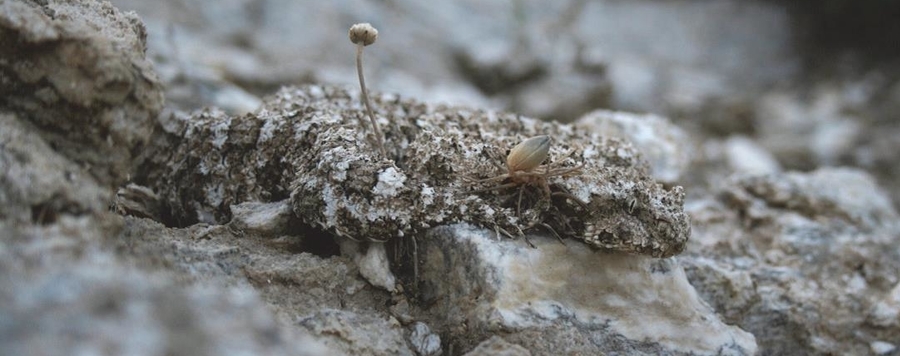
The past, current and future habitat range of the Spider-tailed Viper, Pseudocerastes urarachnoides; in western Iran and eastern Iraq as revealed by habitat modelling
To date, at least 72 endemic reptilian species have been reported from Iran including the Spider-tailed Viper (Pseudocerastes urarachnoides), which has a very limited, narrow distribution, and occurs in areas of western Iran and eastern Iraq. The potential distribution of Pseudocerastes urarachnoides in Iran for the present, the past (mid- Holocene and last glacial maximum), and the future (2100) was predicted by Maximum Entropy (MaxEnt) modelling using 99 occurrence records as well as 19 environmental variables derived from climate databases. For all projected potential distributions, the principal components 1 (explained primarily by thermal variables) and 2 (explained primarily by precipitation variables) contributed more than 80% collectively in all MaxEnt models. The extreme eastern distribution range of P. urarachnoides corresponds to the western slopes of the Zagros Mountains within the Iraq territories. According to the projections, the current distribution area is smaller than in the mid- Holocene but larger than the last glacial maximum and three out of four scenarios of the future (2100). Future projections dramatically displace the suitable habitat, leading to a mismatch between the current and future habitat range of the Spider-tailed Viper.






